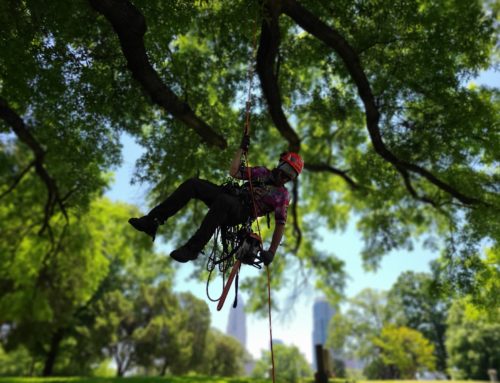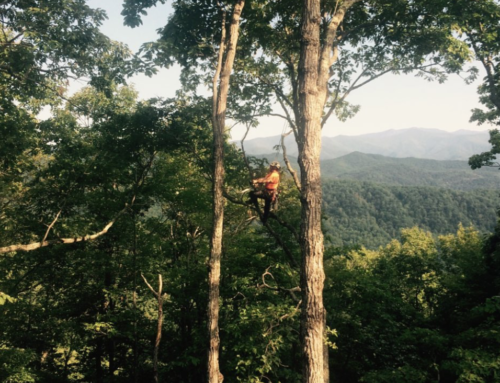It’s that time of year again! Landscapes are brightening up thanks to the beautiful blooms and green leaves that come with warmer weather. We can all reap the benefits of the farmers markets opening back up, longer days, slower sunsets, and summer vacations! We feel extremely fortunate to be reminded of the joy and excitement summer brings and with that we want everyone to feel safe and prepared for what comes with warmer weather here in the South East… hurricanes.
As a tree business we know this is when we head into our busy season thanks to mother nature! We hope to provide you with the best tips so you don’t run into dire situations, although we are here for those too.
First things first, how familiar are you with the trees in your yard? Do you notice their patterns of change throughout the seasons? Do you respect the value they add to your home with shade, beautiful leaves or flowers, maybe even fruit?

It’s important for you as a homeowner and tree steward to keep an eye out, ideally four times throughout the year, on your trees. Notice the roots and base where the trunk meets the ground, that’s called the root collar. We like to make note of any odd colors or fruiting bodies (fungal growth) that could signal rot, holes, or damage. Next take a look at the trunk for similar concerns. As you work your way scanning up and down the tree for anything that looks out of the ordinary, trust your gut if you have concerns and get a certified arborist out to your yard.
We think it’s important for you to be empowered to know when it’s time to call an arborist rather than reacting to when the tree has become a hazard to your livelihood.
More specifically about hurricane season we are currently in a “neutral” time period of weather patterns between el nino and la nina years. La nina is when temperatures are cool and easterly trade winds get stronger moving west (from pacific to atlantic across Mexico). La nina is typically followed by el nino (but not always), this is when there are above average sea surface temperatures in the east-central equatorial Pacific. I’m explaining this because historical records of storms reaching higher intensity on land are curiously in these neutral years. I believe that is something important to keep in mind while we are in this time period of weather patterns. Another thing to keep in mind is the rising temperature of the Ocean which produces more intense weather patterns making it a bit unpredictable to know what to expect.
Let Heartwood be of help by surveying your yard to get storm preparedness work done. This would be us removing dead wood or trees, or limbs that are in hazardous areas that won’t do as much harm to the tree to be removed. When you do have tree work done and see large limbs you want removed please also consider the need the tree has for that limb to allow it to have balance through wind, create food from photosynthesis that are provided by the foliage on that limb, or for overall structural health of the tree. If a large limb you want gone is of concern just talk with your certified arborist to see what can feasibly be done to protect you and your tree!




